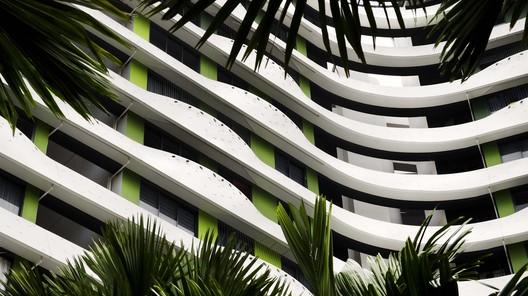
-
Architects: Aedas, G8A Architecture & Urban Planning
- Area: 258000 m²
- Year: 2015
-
Photographs:Patrick Bingham Hall

Text description provided by the architects. Looking to the future whilst looking back to the past, the Punggol Waterway Terraces form a blueprint for 21st century sustainable mass housing and mark a return to Singapore’s original ethos of community pride and identity.



















